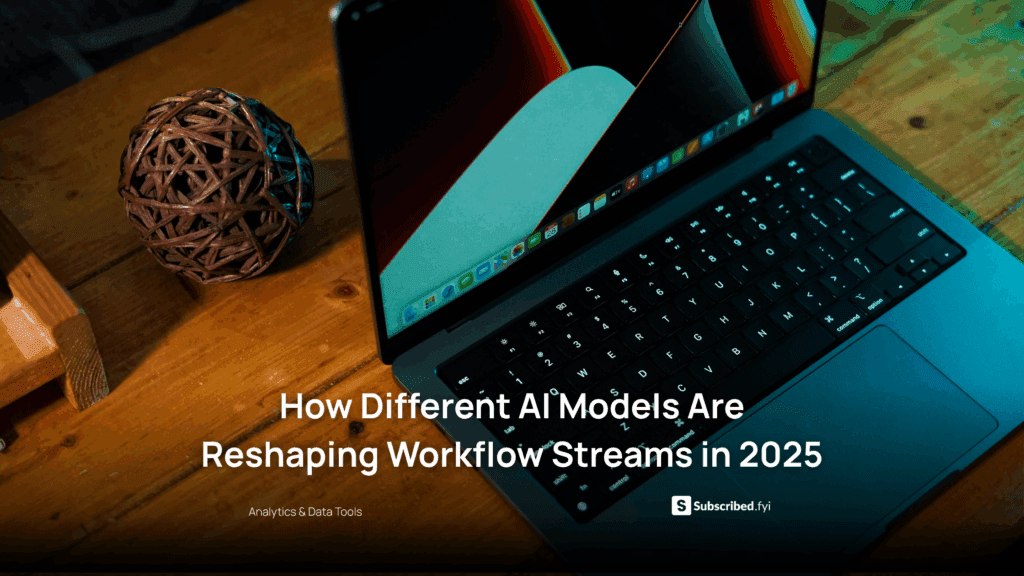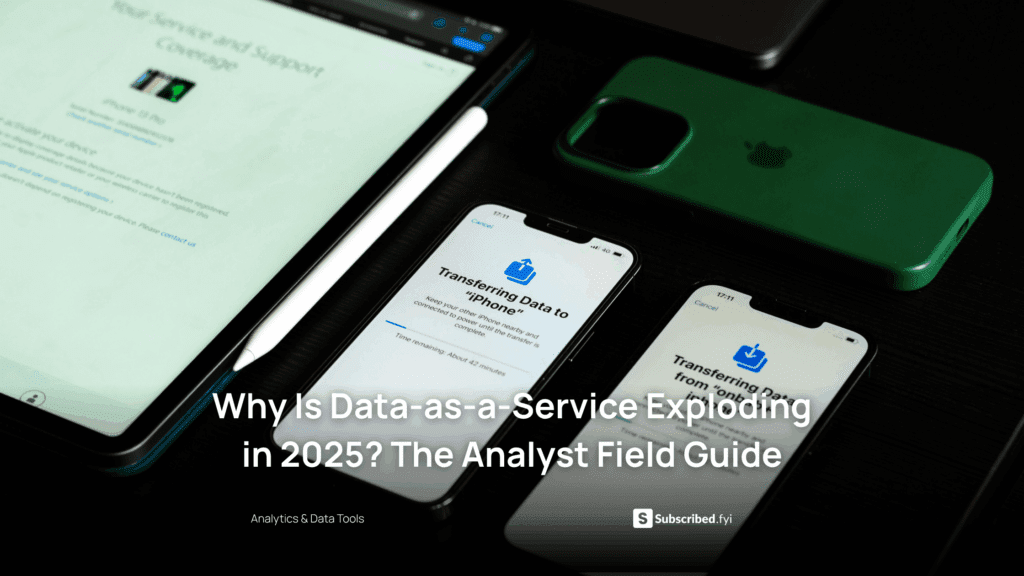Modeling Requirements: Techniques for Effective Application


Modeling Requirements: Techniques for Effective Application
In the ever-evolving landscape of software development, mastering the art of modeling requirements is paramount for ensuring the success of an application. This blog explores a variety of techniques, shedding light on their significance within the intricate web of the software development life cycle.
1. Use Case Diagrams: Visualizing System Interactions
Use case diagrams serve as a pivotal technique for modeling requirements by providing a visual roadmap for system interactions. These diagrams not only depict the various ways users engage with the application but also help in identifying potential edge cases and exceptional scenarios. The clarity they offer aids not only developers but also stakeholders in comprehending the intricate functionalities and ensuring a cohesive vision for the final product.
2. User Stories: Putting Users at the Center
User stories, concise and user-centric narratives, form a cornerstone for effective requirement modeling. Beyond mere descriptions, user stories foster a shared understanding among the development team and stakeholders about the application’s functionalities. By prioritizing features based on user needs and expectations, developers can align their efforts with the end user’s journey, resulting in a more satisfying and intuitive application.
3. Entity-Relationship Diagrams: Defining Data Relationships
In the realm of database design, entity-relationship diagrams play a critical role in modeling requirements related to data structures. These diagrams provide a visual representation of the relationships between different entities within the system, guiding developers in designing a robust and efficient database schema. Ensuring clear data relationships helps the development team avoid pitfalls, fostering the creation of a scalable and optimized database architecture.
4. Prototyping: Iterative Visualization
Prototyping stands out as an indispensable technique for modeling requirements due to its iterative and feedback-driven nature. Through the creation of a simplified version of the application, prototyping allows stakeholders to interact with a tangible representation early in the development process. Refining requirements and fostering clear communication, this tool minimizes misunderstandings, ensuring the final product aligns seamlessly with user expectations.
5. Story Mapping: Aligning Features with User Goals
Story mapping proves to be a holistic technique for modeling requirements by aligning features with overarching user goals. This method organizes user stories based on priority and user objectives, providing a visual map for the development team. Story mapping ensures features enhance user experience, aiding strategic decisions, project transparency, and a user-focused approach to application development.
Relevant SaaS Products:
- Lucidchart: Use Lucidchart for seamless visualization of use case and entity-relationship diagrams, fostering collaboration and enhancing communication among team members. Lucidchart’s cloud-based platform allows for real-time collaboration, making it an essential tool for remote teams.
- Jira: Implement agile methodologies and manage user stories effectively using Jira. This project management tool allows teams to plan, track, and release software that meets user needs. With customizable workflows and reporting features, Jira adapts to various development methodologies, ensuring flexibility for diverse project requirements.
- Balsamiq: Balsamiq facilitates rapid prototyping, enabling collaborative design iterations for early feedback and alignment with user expectations. Balsamiq’s simplicity and low-fidelity approach make it a preferred choice for quickly translating ideas into tangible prototypes.
- Aha!: Align features with user goals using Aha!, a product management tool that enables story mapping and prioritization, fostering a strategic approach to application development. Aha! provides a centralized platform for product managers to define and communicate their product strategy, ensuring alignment with the overall business objectives.
- Miro: Enhance collaborative story mapping with Miro, a digital whiteboard platform that enables teams to create visual story maps and gather valuable feedback for more effective requirements modeling. Miro’s extensive template library and real-time collaboration features make it a versatile tool for teams seeking an interactive and collaborative modeling experience.
Conclusion
In conclusion, effective requirement modeling is a multifaceted process that demands the strategic application of various techniques. Use case diagrams, user stories, entity-relationship diagrams, prototyping, and story mapping collectively contribute to a comprehensive and user-focused approach. By embracing these techniques, development teams can navigate the complexities of requirements more efficiently, resulting in applications that not only meet but exceed user expectations.
Ready to Optimize Your Development Process?
Supercharge your software development with Subscribed.fyi! Sign up for free today to unlock exclusive deals on essential tools, compare SaaS products side by side, and streamline your development stack. Elevate your productivity and make informed decisions with Subscribed.fyi.
Relevant Links:











